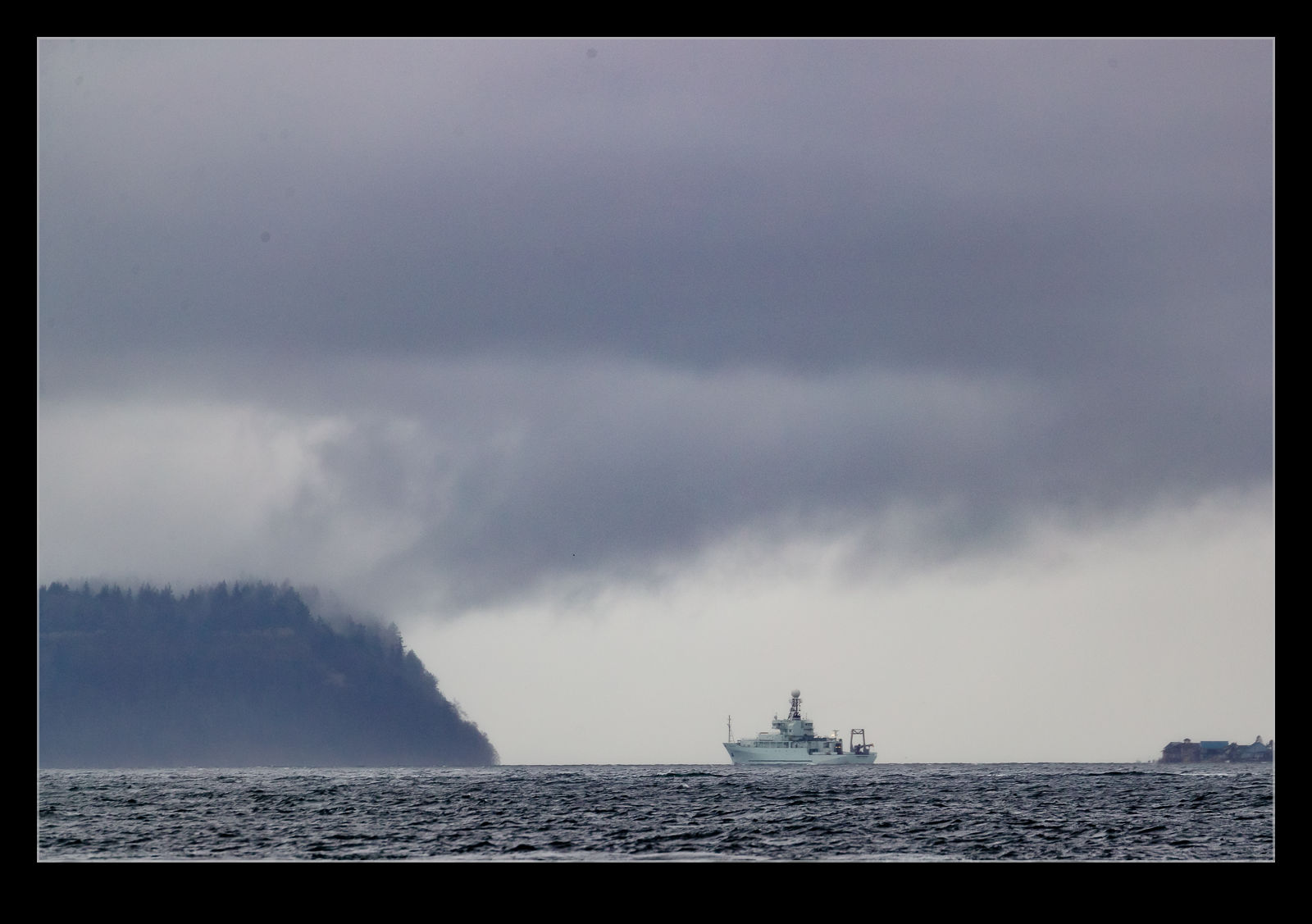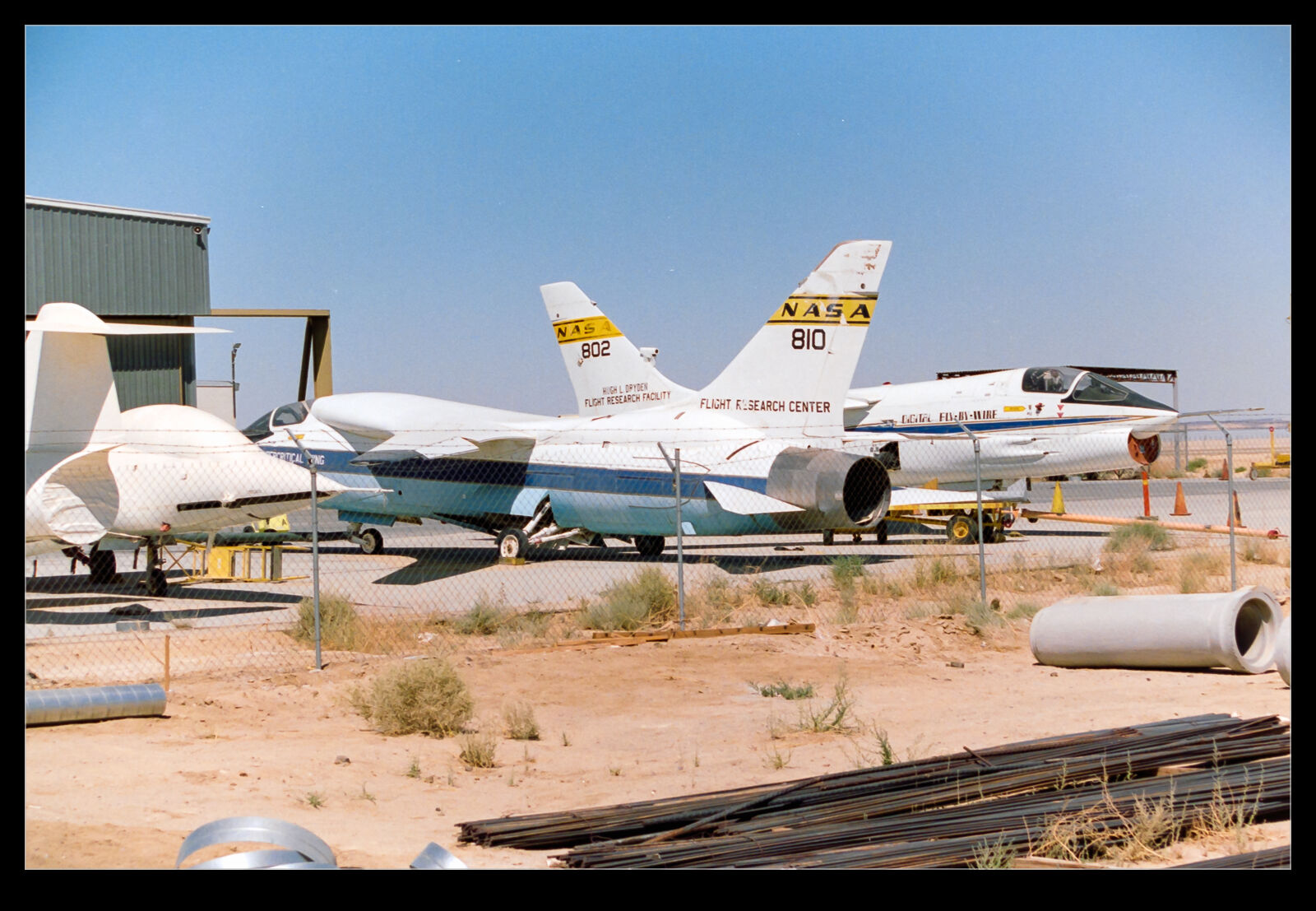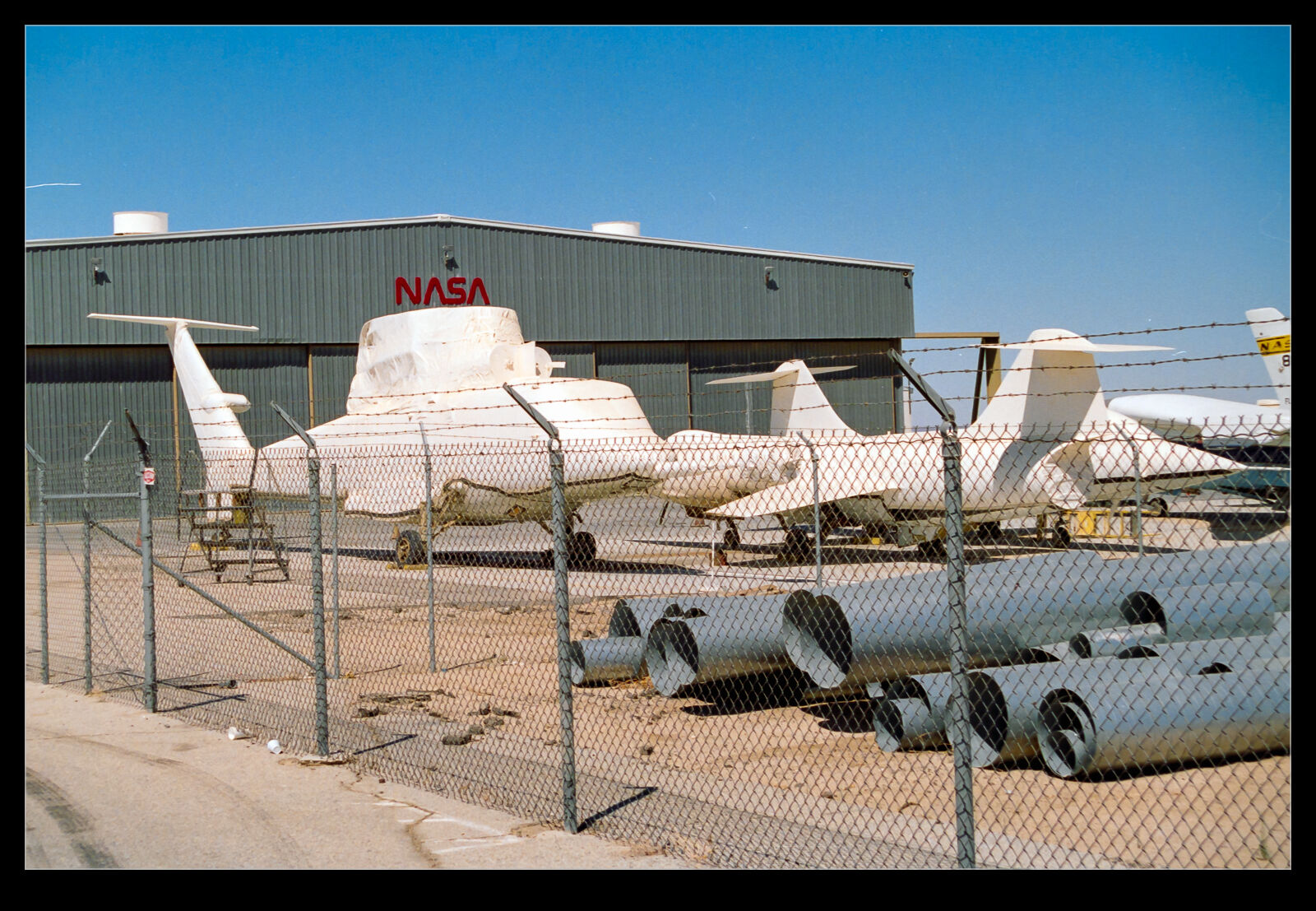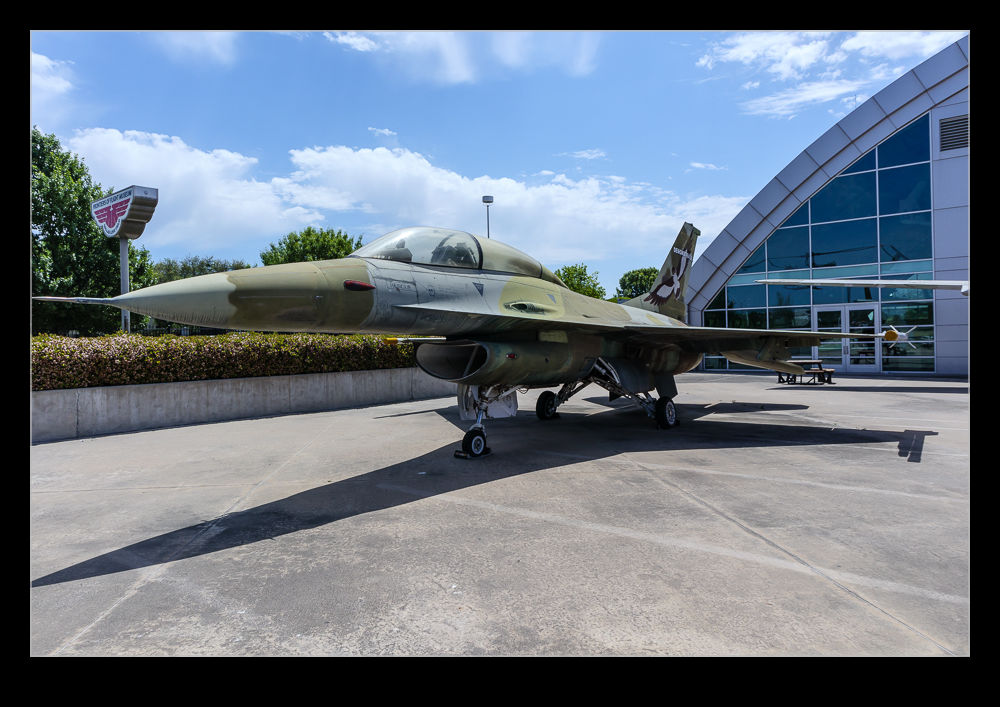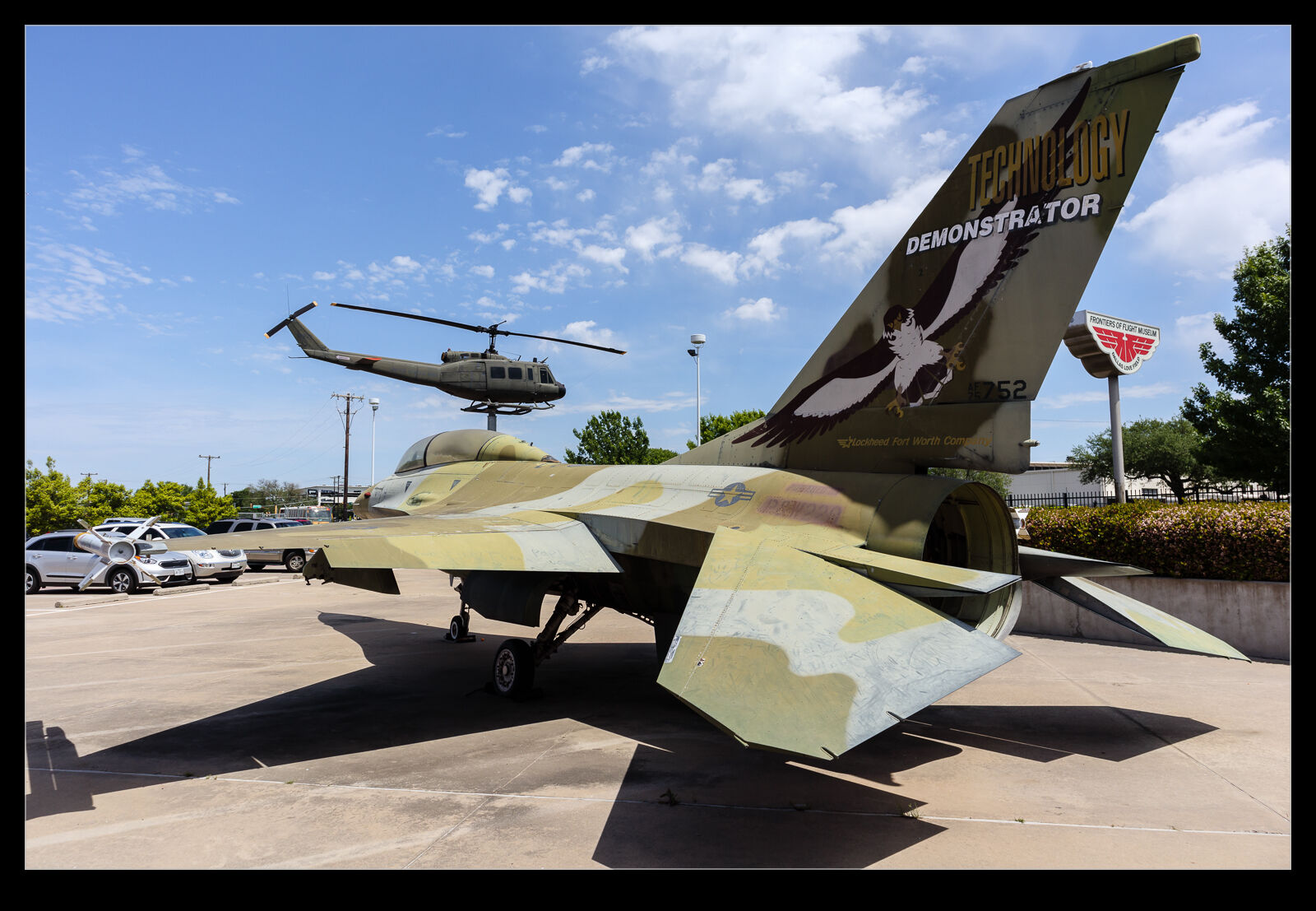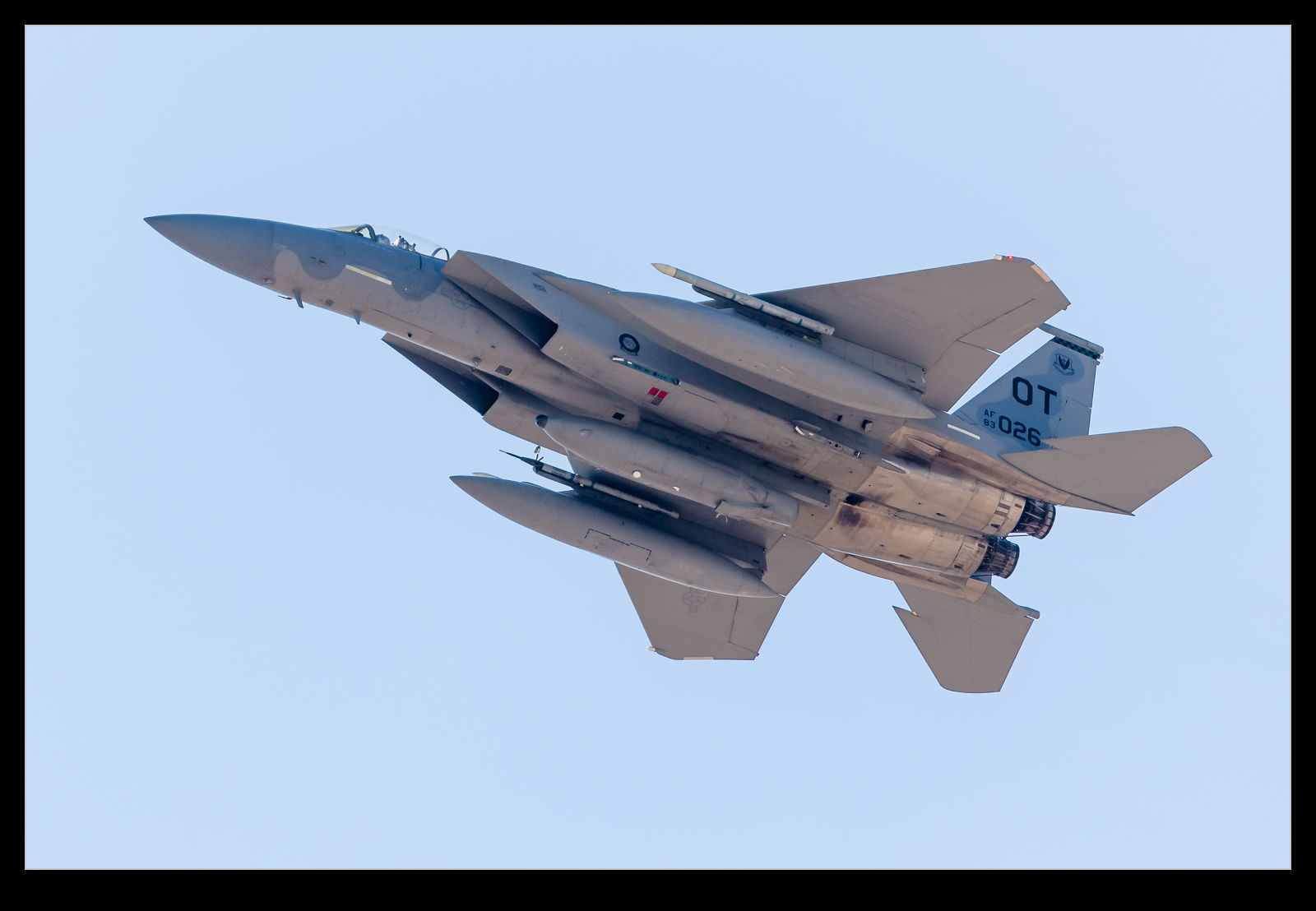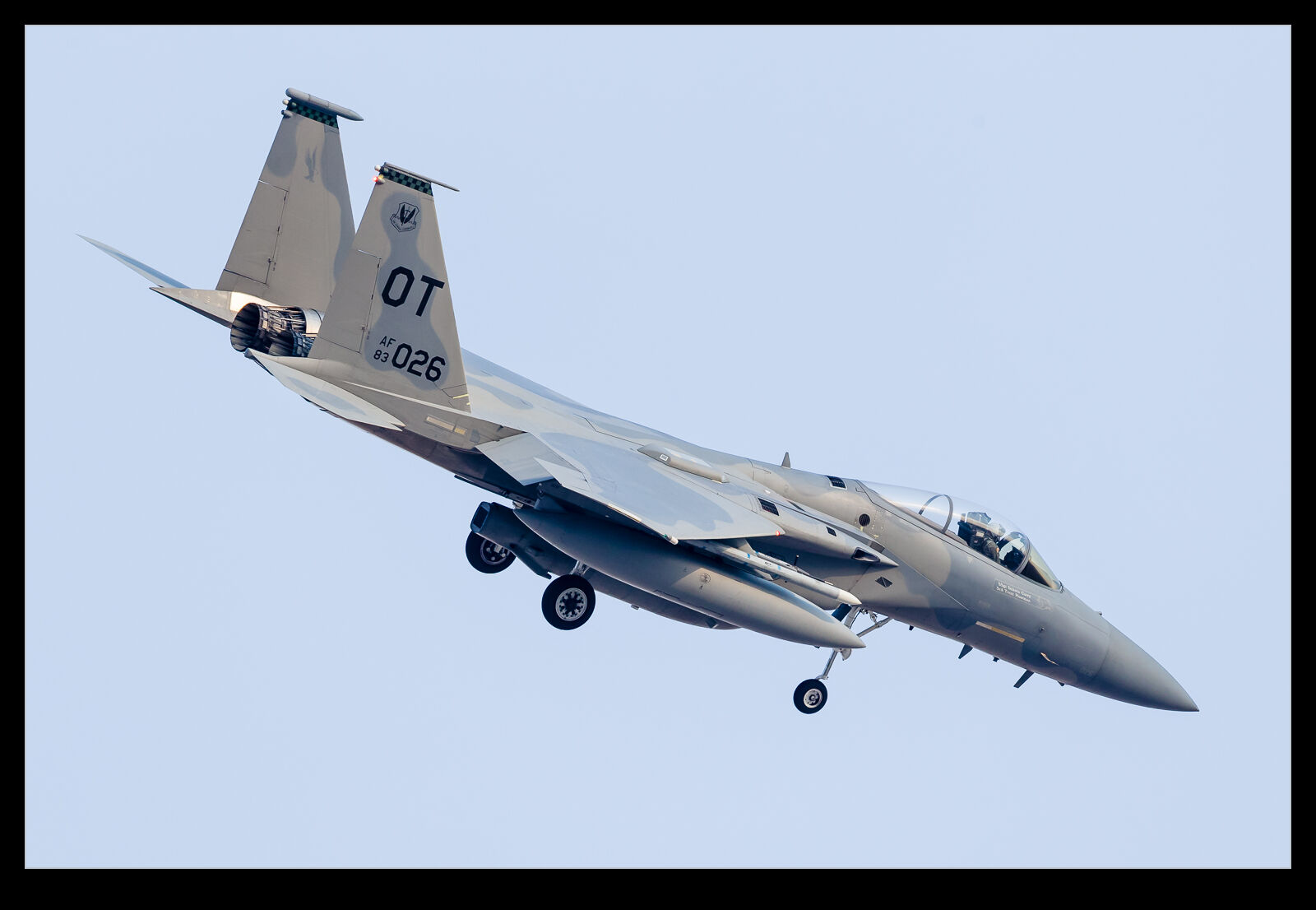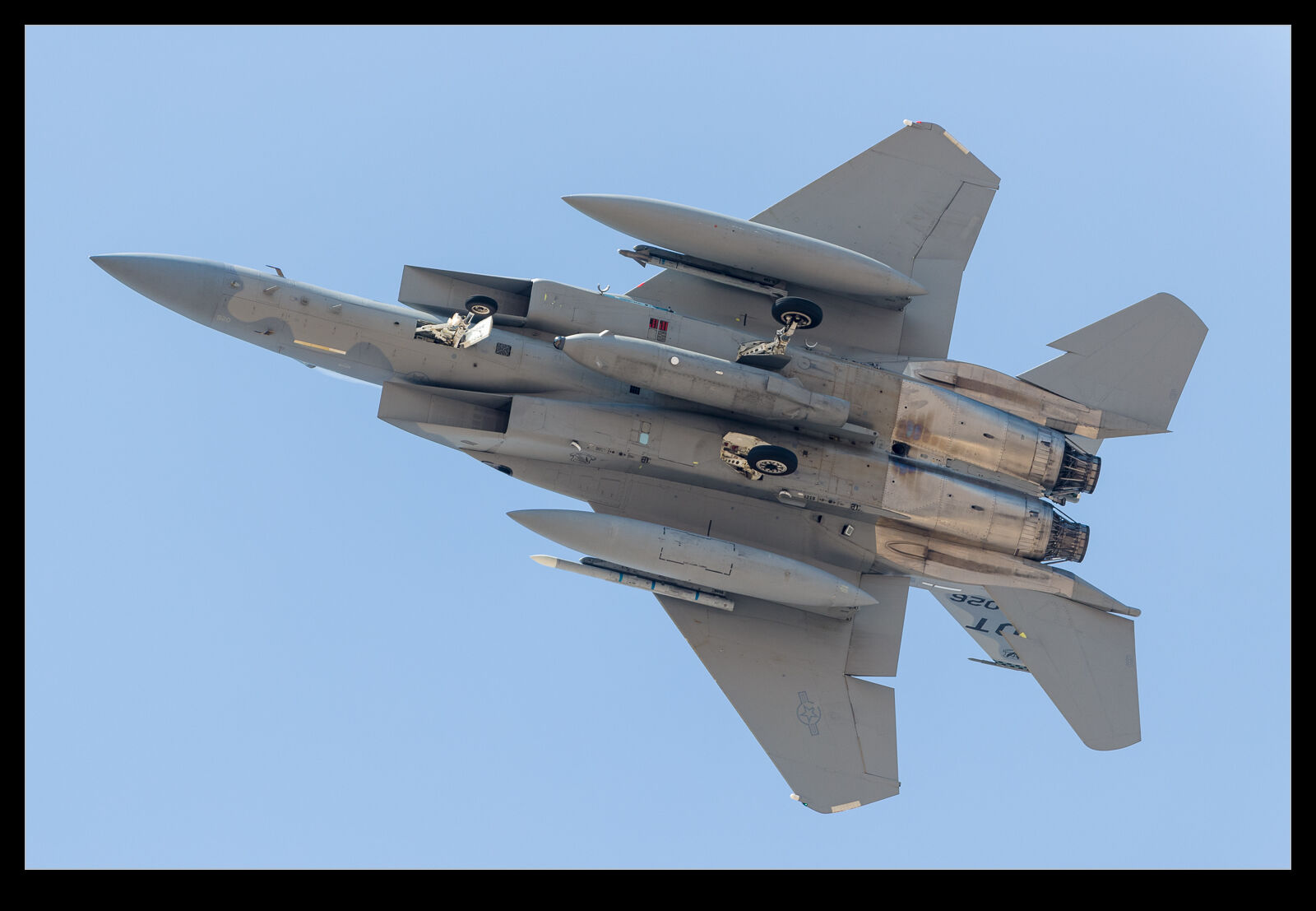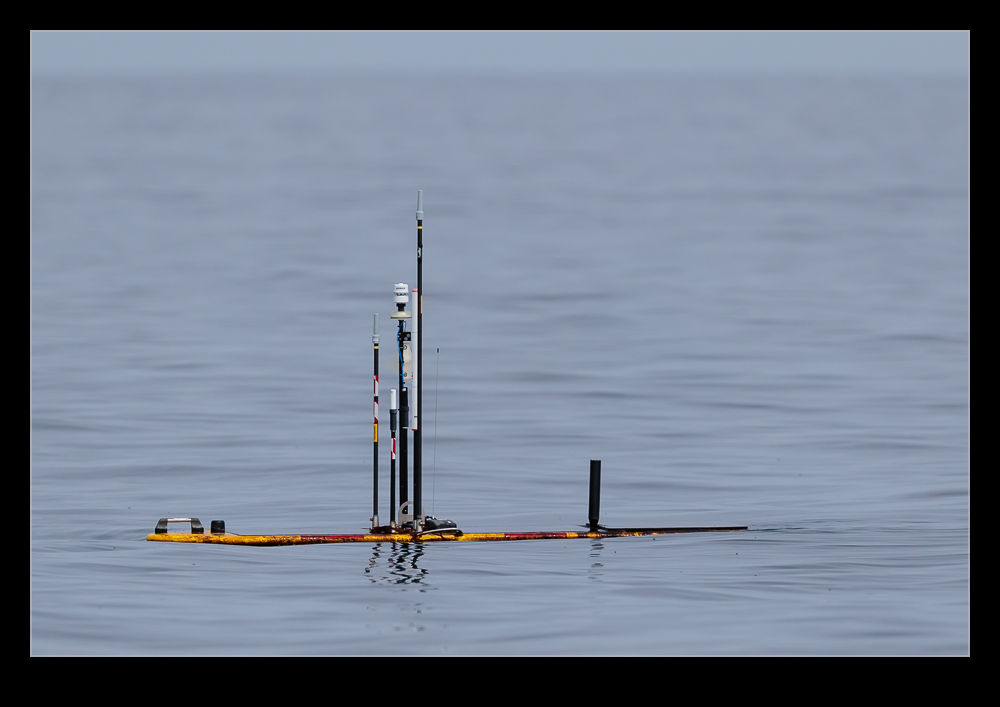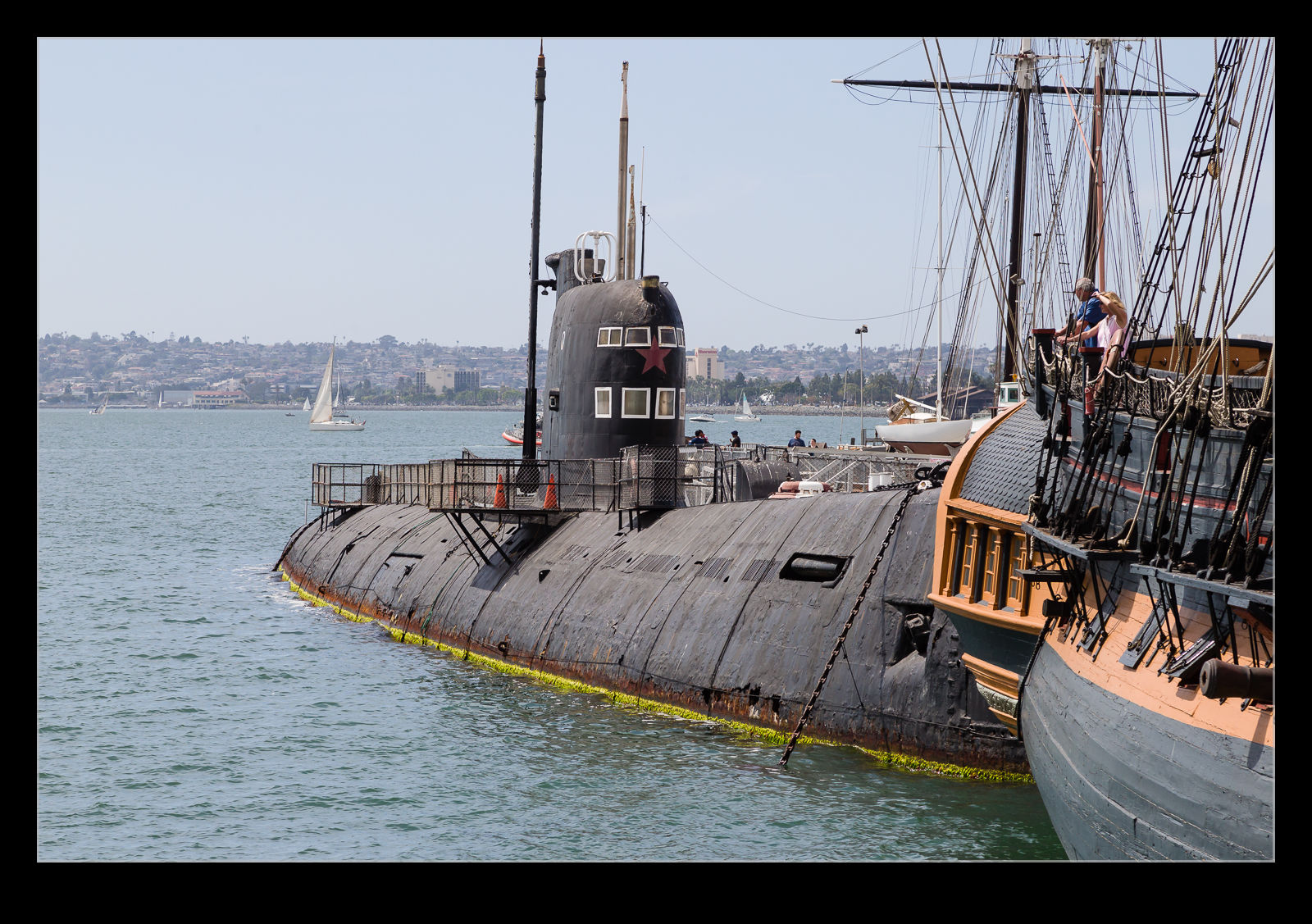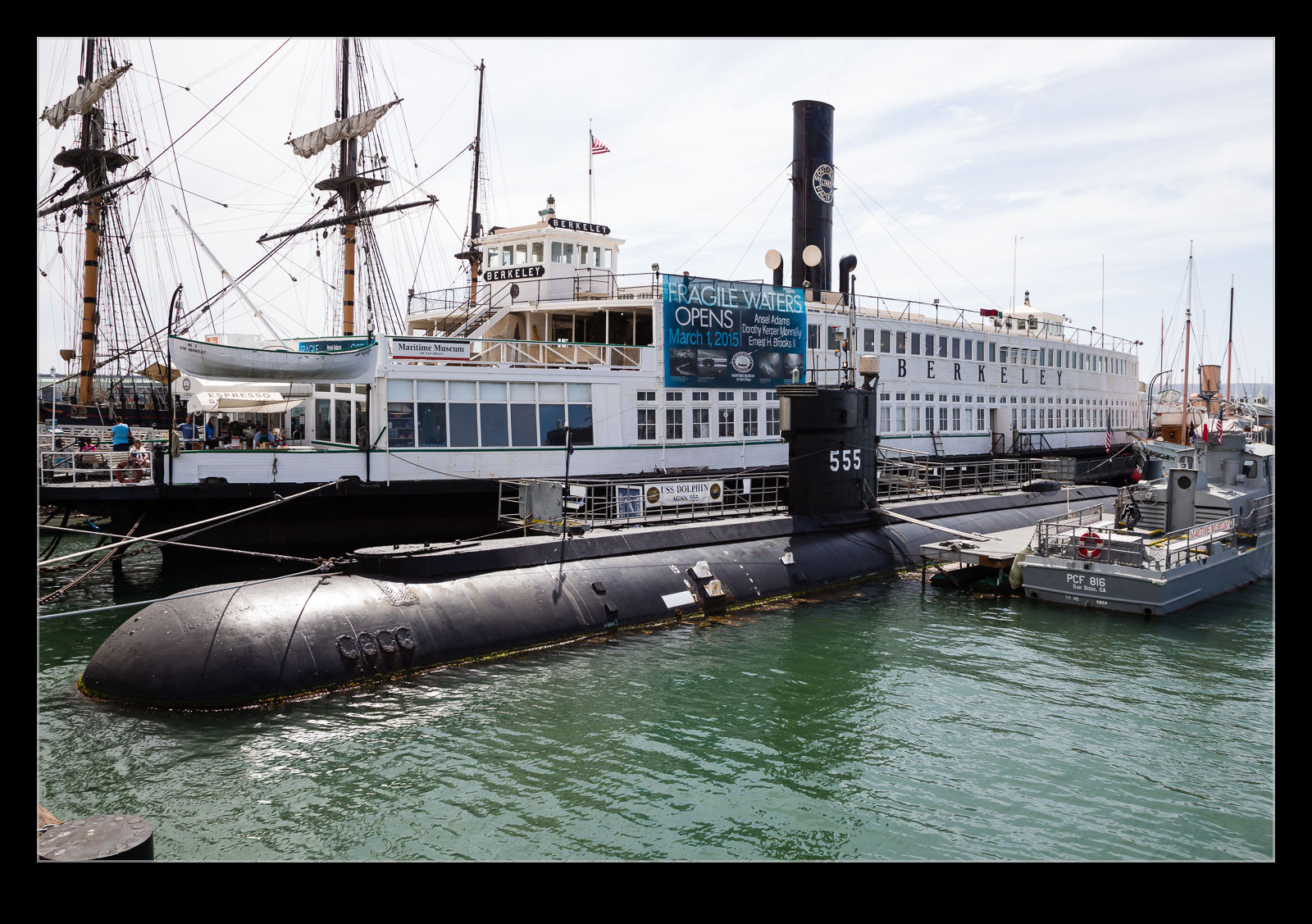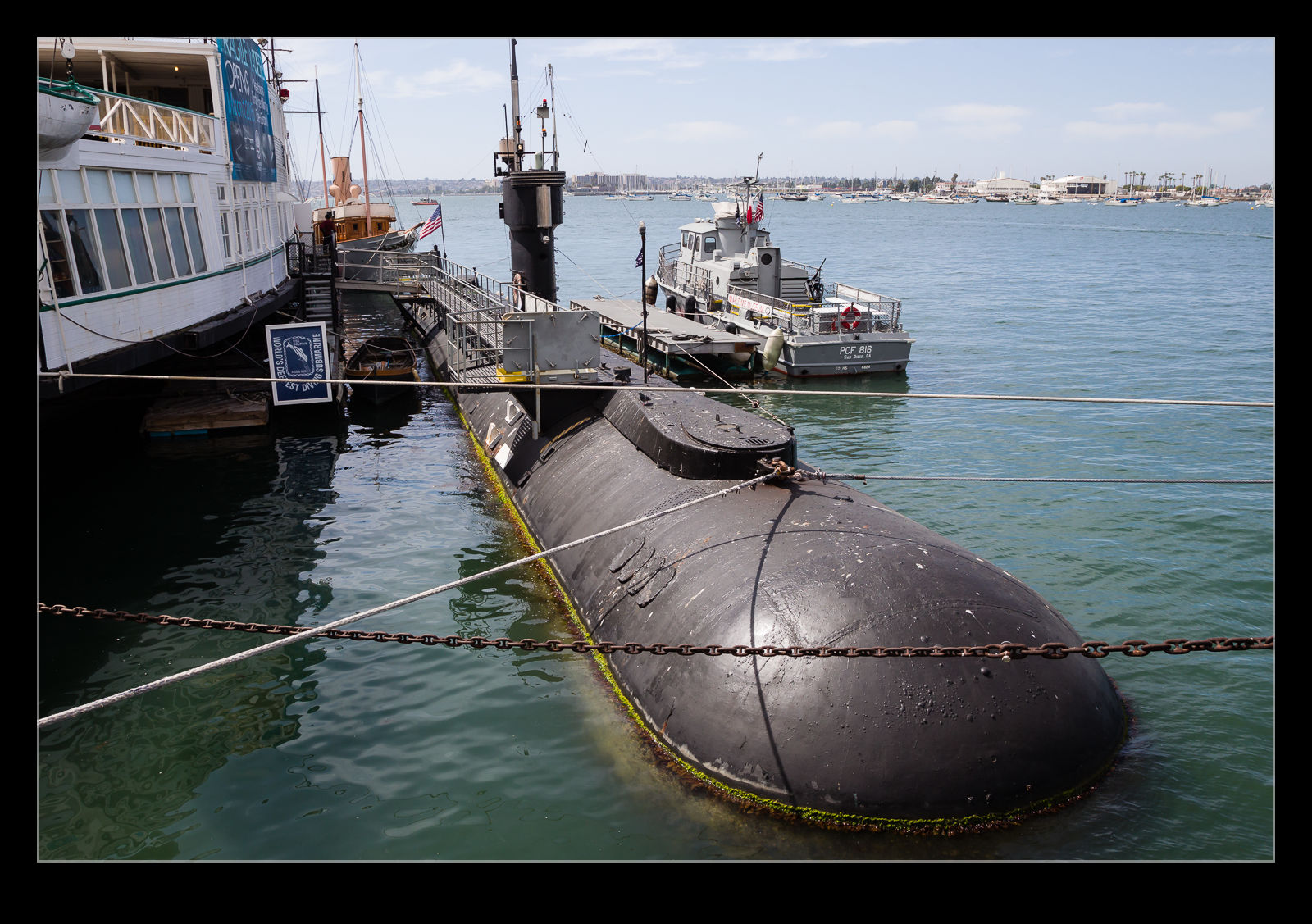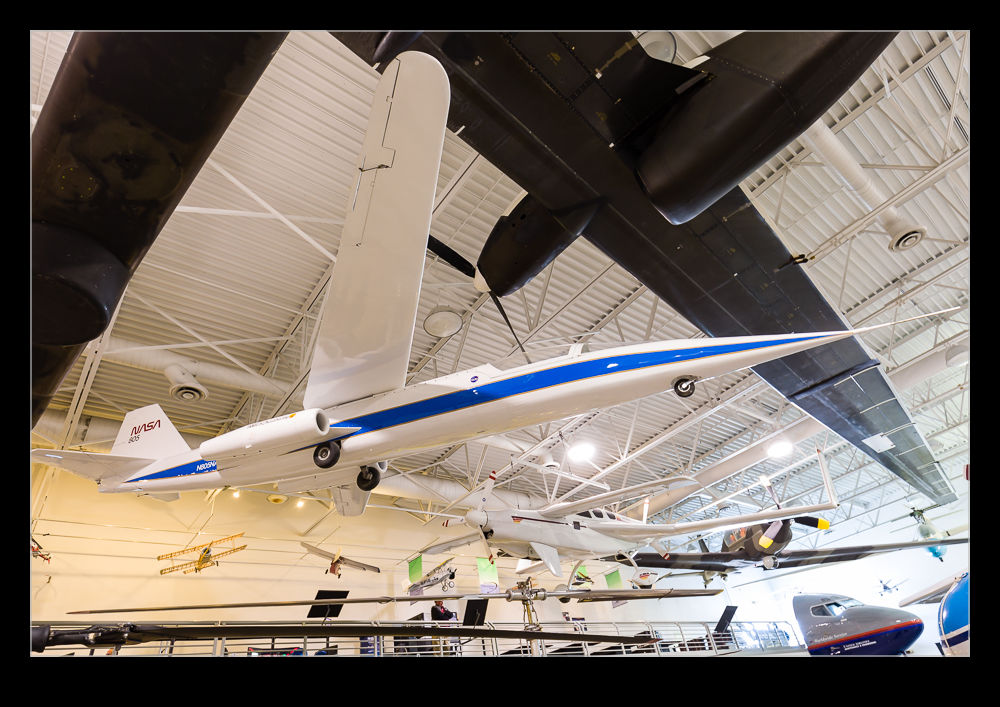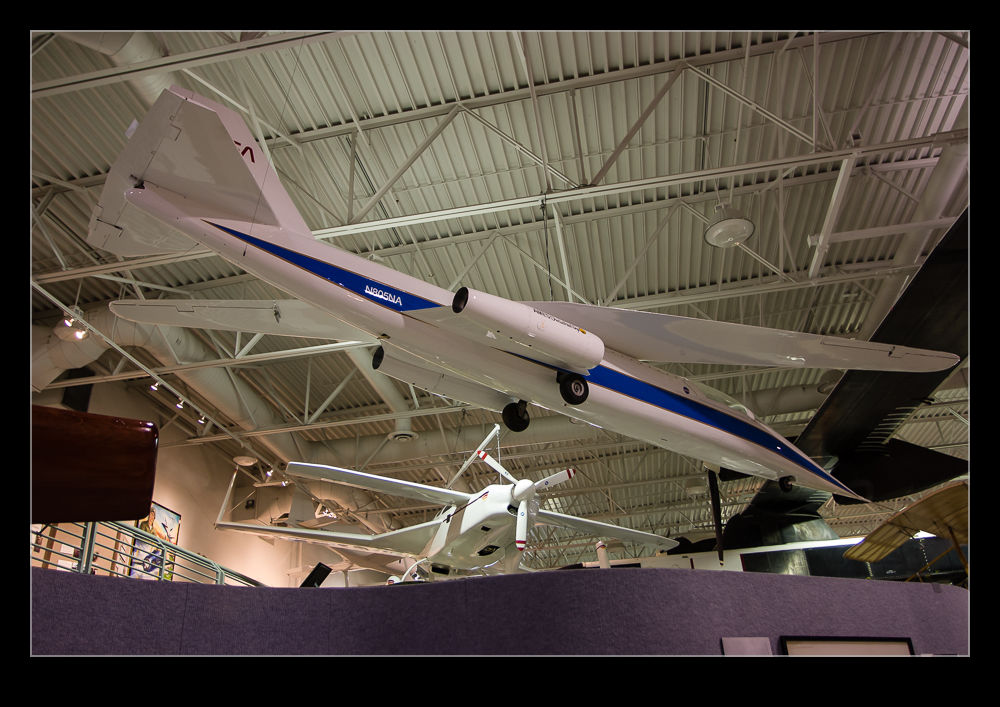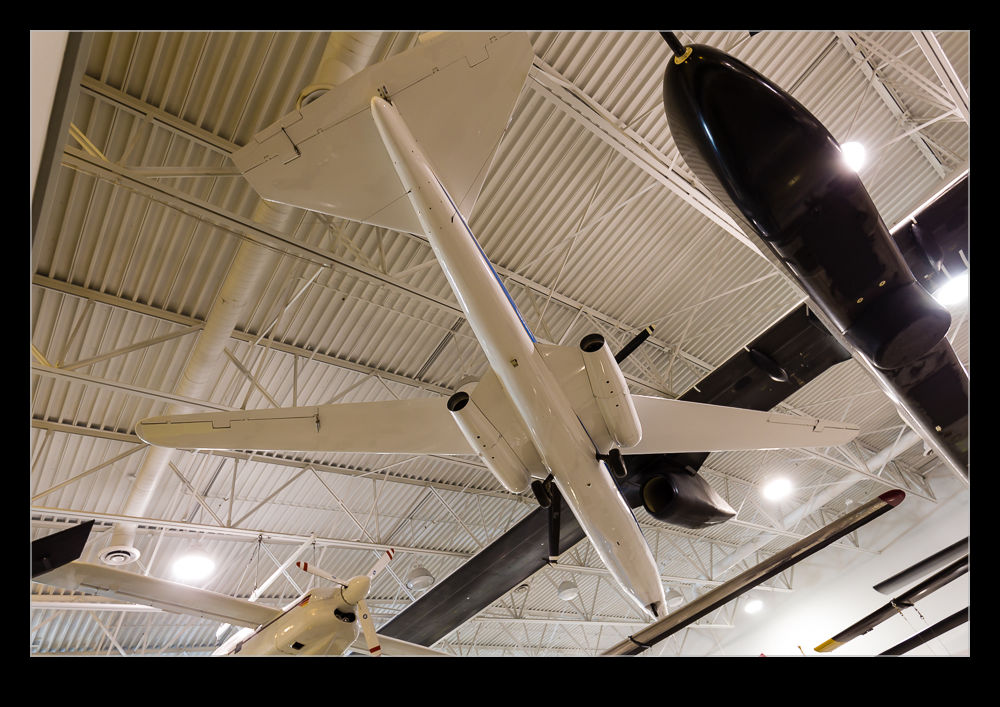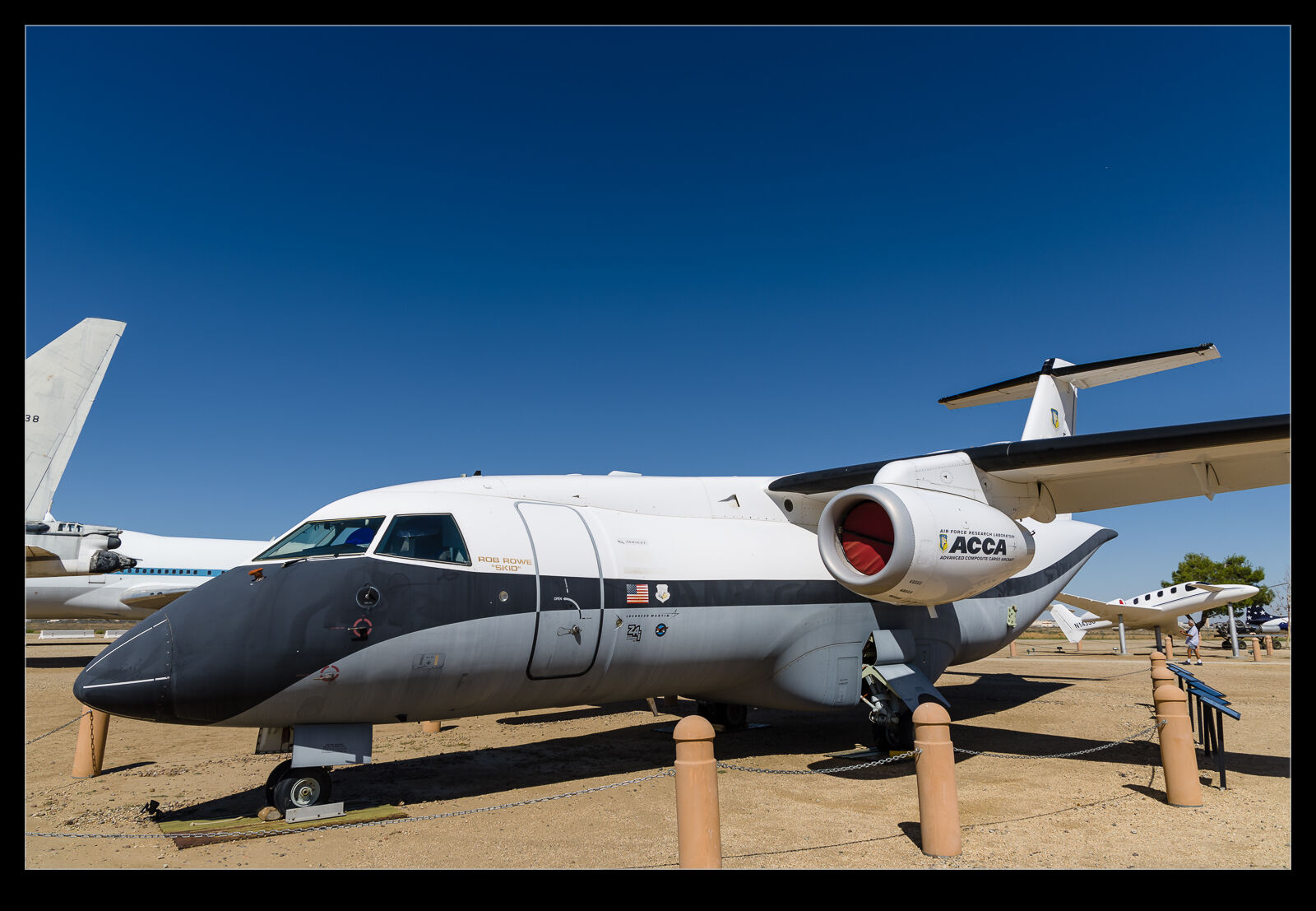 I have subscribed to Flight International for a very long time. I used to have it ordered with my local newsagent in Cowes when I was in high school, I got it ordered by Smiths in Kensington High Street when I was a student and, when I had a job after graduation, I finally got a proper subscription set up. That has continued ever since but, these days, Flight has become a digital only subscription for me. Still, I have continued it all these years despite having left the industry long ago. It does provide me with information on unusual test programs and that includes the Lockheed Martin X-55 Advanced Composite Cargo Aircraft (ACCA).
I have subscribed to Flight International for a very long time. I used to have it ordered with my local newsagent in Cowes when I was in high school, I got it ordered by Smiths in Kensington High Street when I was a student and, when I had a job after graduation, I finally got a proper subscription set up. That has continued ever since but, these days, Flight has become a digital only subscription for me. Still, I have continued it all these years despite having left the industry long ago. It does provide me with information on unusual test programs and that includes the Lockheed Martin X-55 Advanced Composite Cargo Aircraft (ACCA).
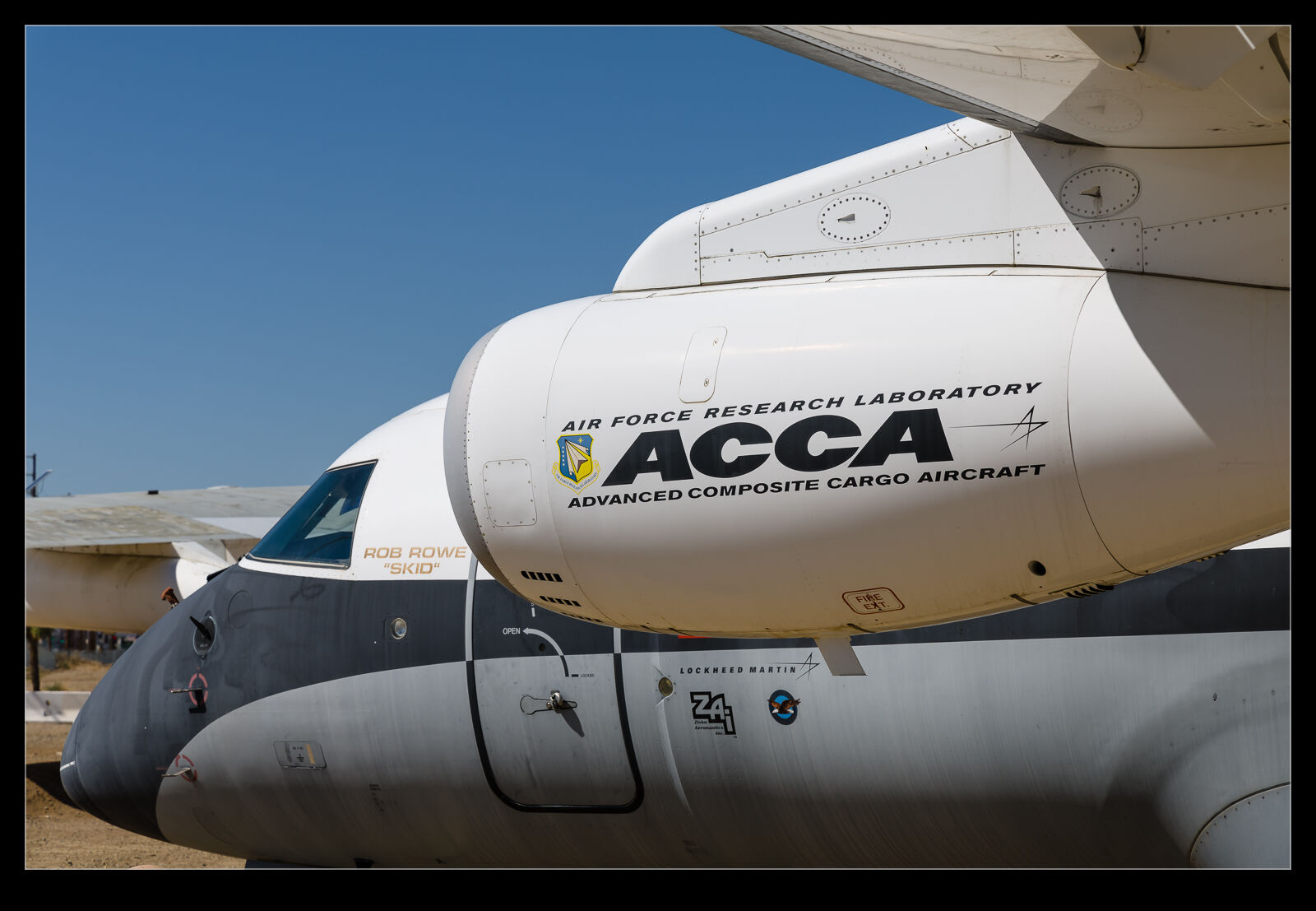 This was a demonstrator program for a new composite fuselage construction. The baseline aircraft was a Dornier 328Jet but it had its fuselage replaced by a composite one that LM built using advanced techniques and with a far shorter lead time. As a demonstrator, things did not go quite as smoothly as they might have but that is why you do programs such as this. It was never intended to be a production jet. It was to show what could be done with the technology if required. The jet was flown for a number of tests but I think building it was the bigger part of the program.
This was a demonstrator program for a new composite fuselage construction. The baseline aircraft was a Dornier 328Jet but it had its fuselage replaced by a composite one that LM built using advanced techniques and with a far shorter lead time. As a demonstrator, things did not go quite as smoothly as they might have but that is why you do programs such as this. It was never intended to be a production jet. It was to show what could be done with the technology if required. The jet was flown for a number of tests but I think building it was the bigger part of the program.
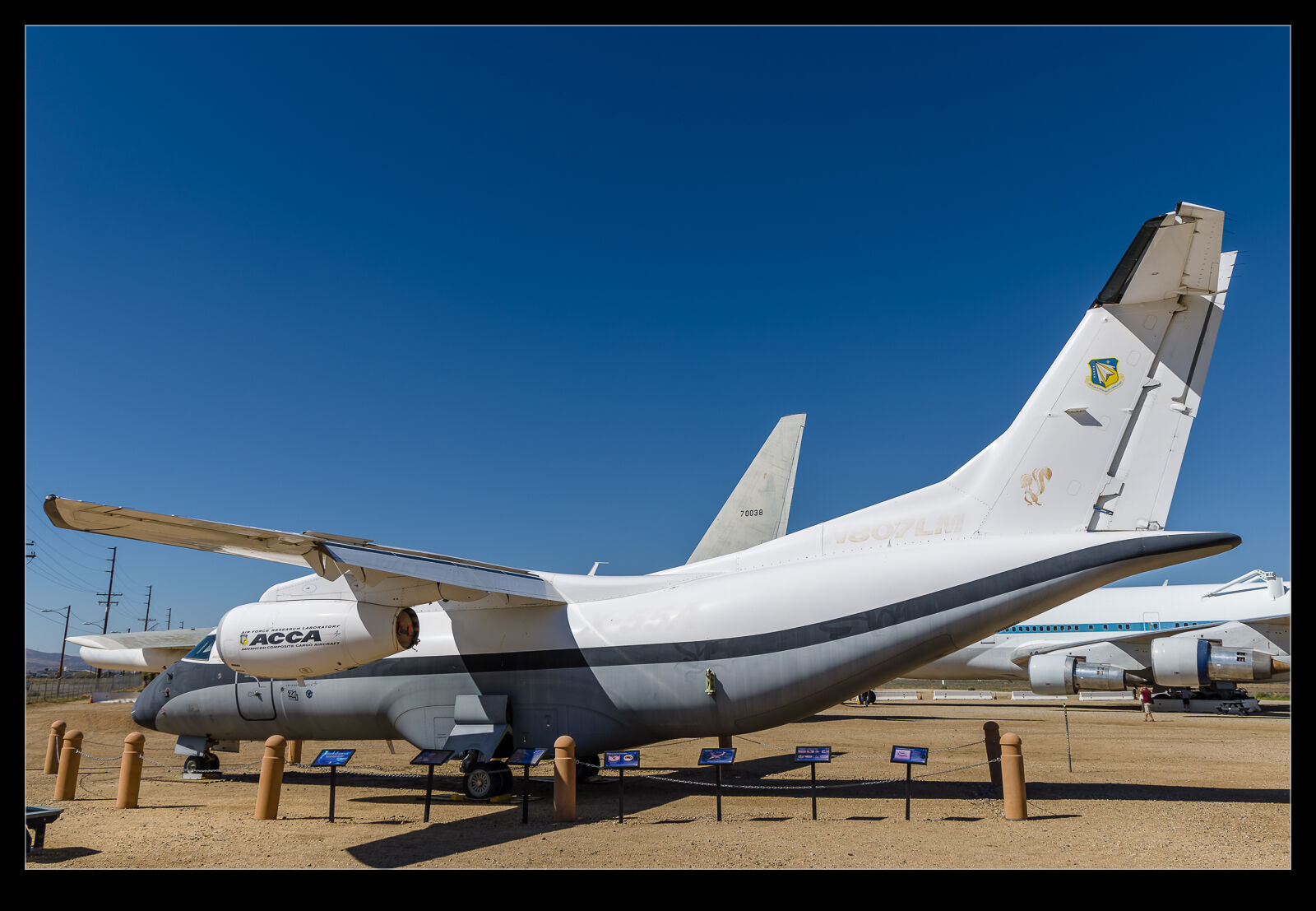 Once testing was complete, the airframe became part of the collection at the Joe Davies Airpark in Palmdale. When I saw it was there, I was very interested to see it. I suspect, for a lot of the visitors to the Airpark, it is one of the less interesting aircraft on display. The signs explain what it is all about but that is probably of little interest to many visitors. For a geek like me, though, it was probably one of the most interesting aircraft in the collection. Sure, the Shuttle Carrier Aircraft is special but there are two of those. This aircraft is unique. Having read about it long ago, seeing it in person is special. (If I ever get to see the Boeing 360 helicopter demonstrator, this will be the same thing.)
Once testing was complete, the airframe became part of the collection at the Joe Davies Airpark in Palmdale. When I saw it was there, I was very interested to see it. I suspect, for a lot of the visitors to the Airpark, it is one of the less interesting aircraft on display. The signs explain what it is all about but that is probably of little interest to many visitors. For a geek like me, though, it was probably one of the most interesting aircraft in the collection. Sure, the Shuttle Carrier Aircraft is special but there are two of those. This aircraft is unique. Having read about it long ago, seeing it in person is special. (If I ever get to see the Boeing 360 helicopter demonstrator, this will be the same thing.)

